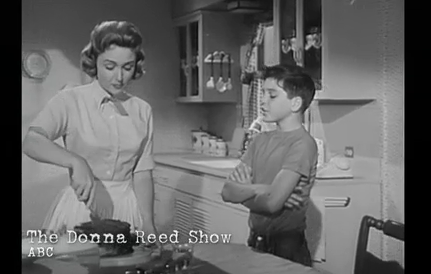I’ve heard critiques about both the uniforms of the beach volleyball players at this year’s Olympics in London (i.e., bikinis) and the photographic coverage of the athletes (i.e., “butt shots”). Then yesterday eight readers — Tom Megginson, Cheryl S., Cerberus Xt, Richard D., Anna G., @sphericalfruit, @bfwriter, and @HaphazardSoc — sent us a link to a story that asked the question: “What if every Olympic sport was photographed like beach volleyball?” More on that later.
First, I wanted to see if the rumors were true, so I googled beach vollyball and three other sports: track, diving, and gymnastics. All involve relatively skimpy uniforms, but beach volleyball certainly stood out. The top results included five photographs of just butts in bikini bottoms and four “cheesecake” pictures in which women are posed to look like pin-ups and volleyball is not part of the picture (all images can be clicked to get a closer view).
That may not seem like a lot but, in contrast, none of the top photos for the other three sports included butt shots or pin-up poses (with the exception of one butt shot for track, but it was of a fully-clothed man and used as a photographic device, not a source of titillation).
There’s an interesting lesson here that goes beyond the sexual objectification of women and asks “which women? and why? (because the sport is associated with the beach?) and in response to whose rules? (who is in charge of uniforms?) and to whose benefit? (the photographers, the Olympics, their corporate and media sponsors?).”
Lisa Wade, PhD is an Associate Professor at Tulane University. She is the author of American Hookup, a book about college sexual culture; a textbook about gender; and a forthcoming introductory text: Terrible Magnificent Sociology. You can follow her on Twitter and Instagram.












